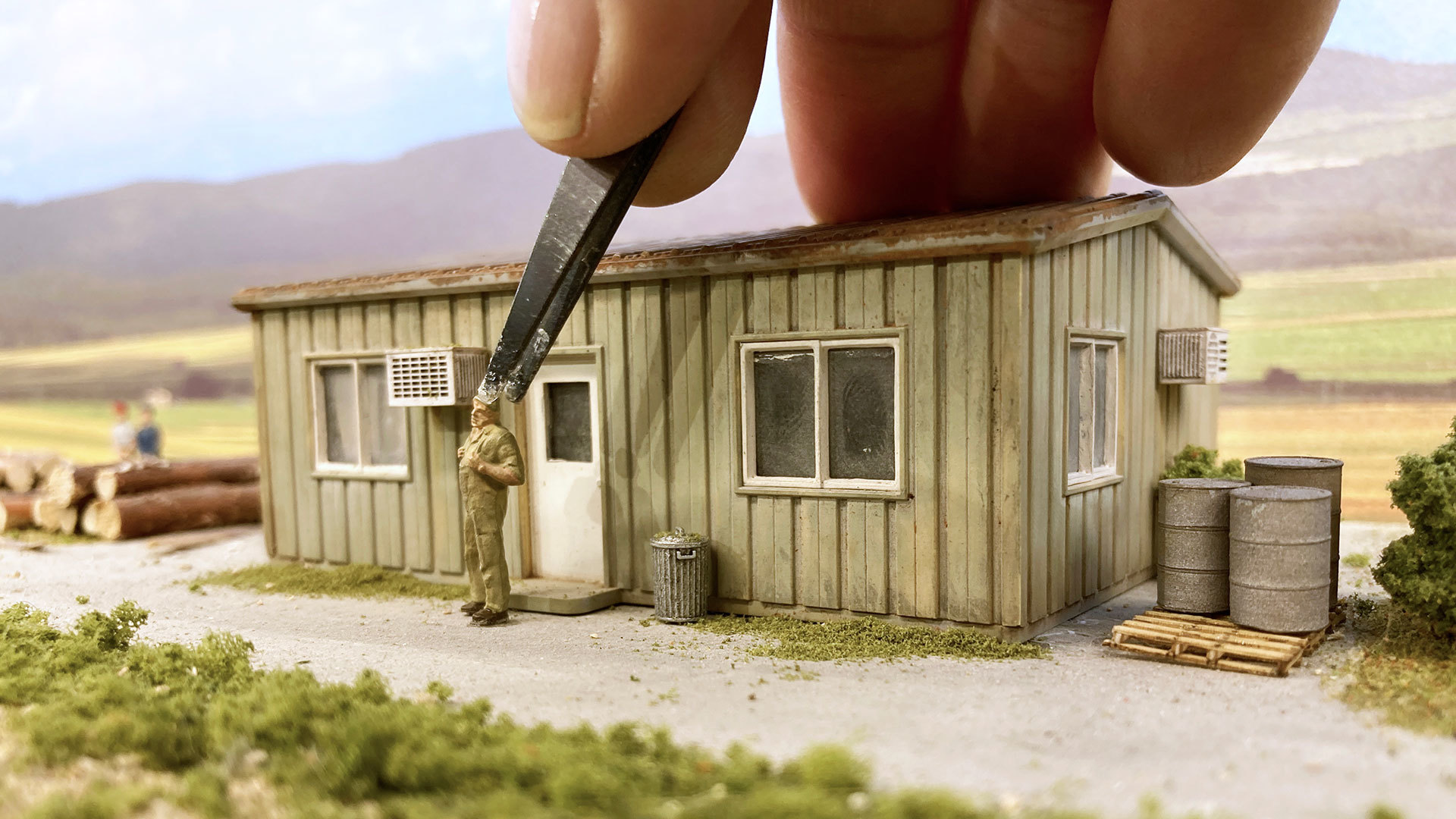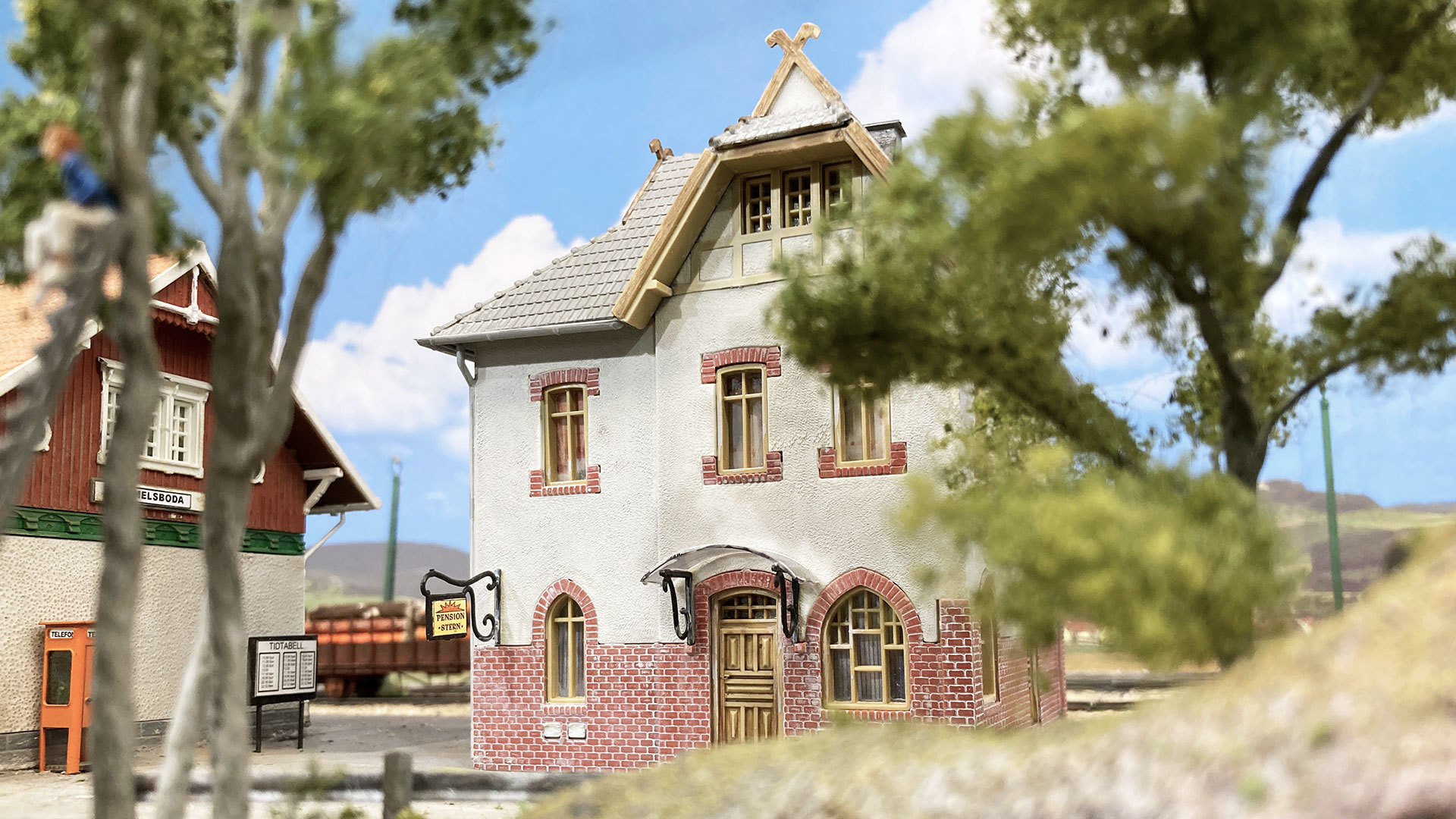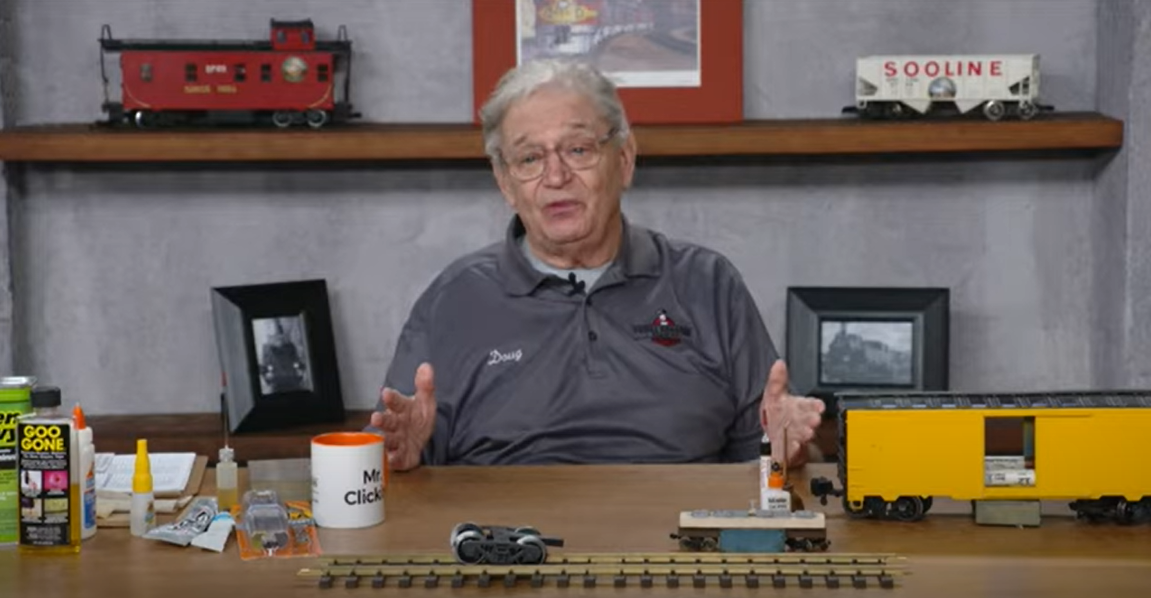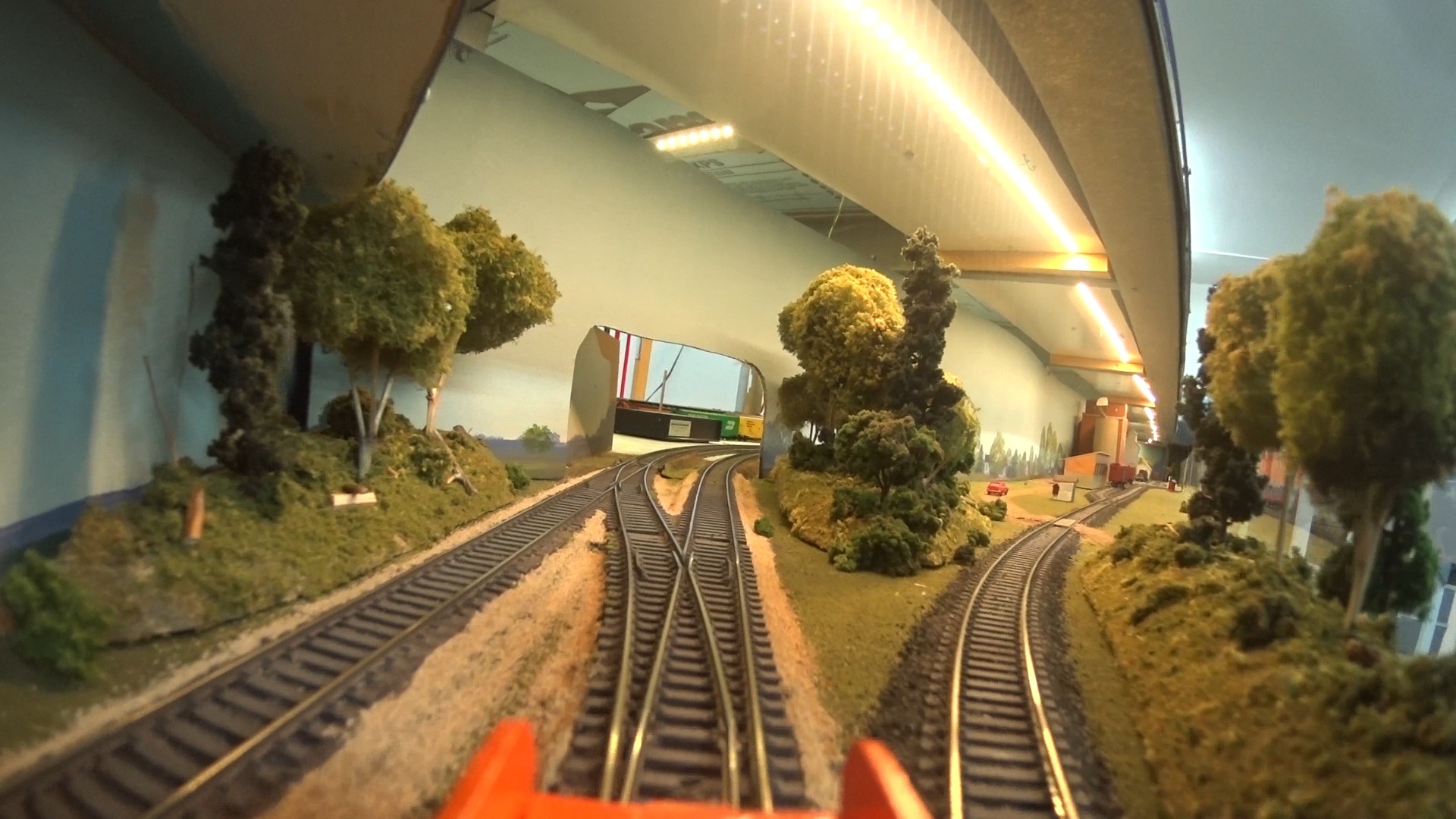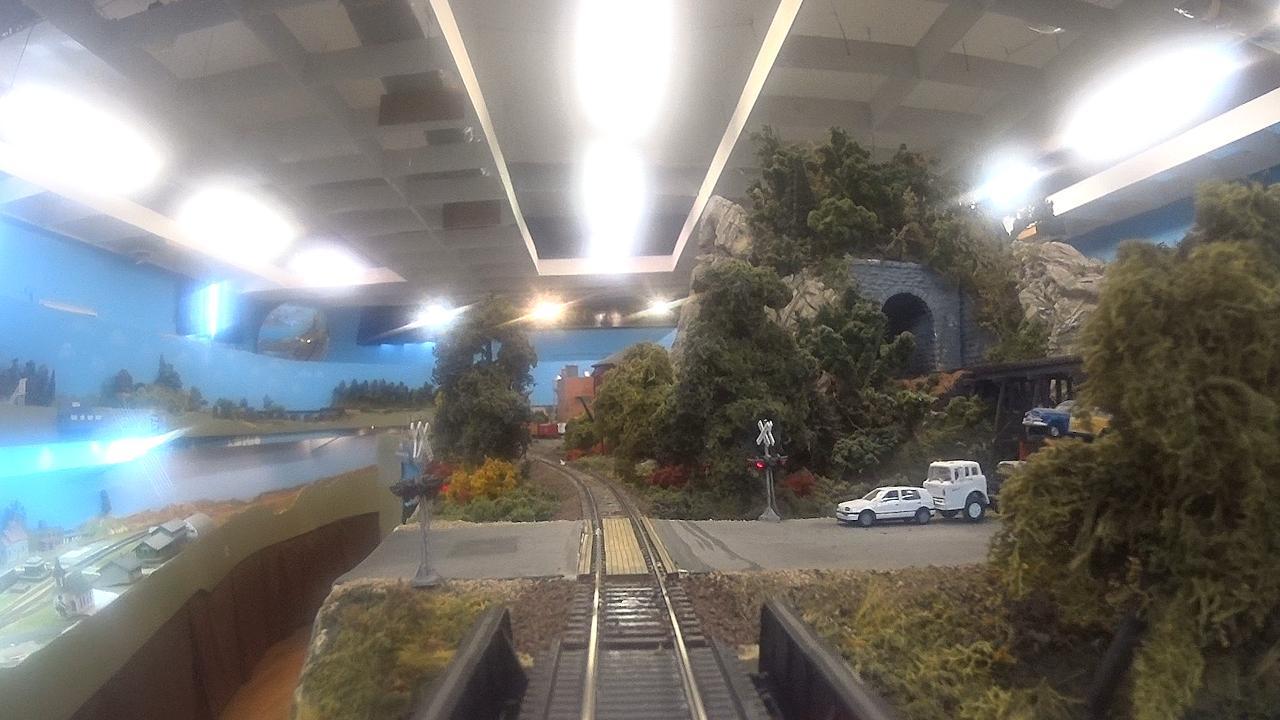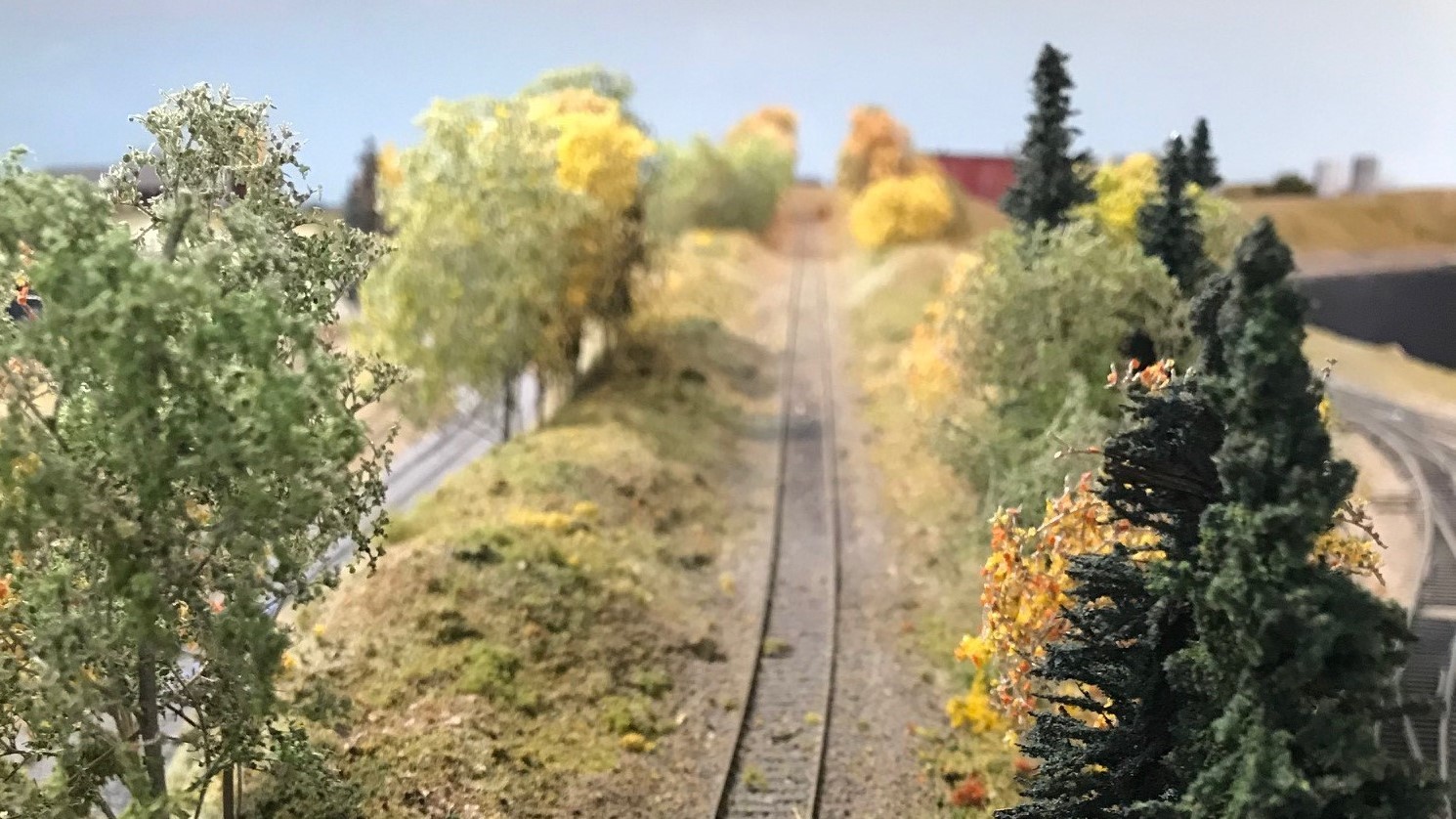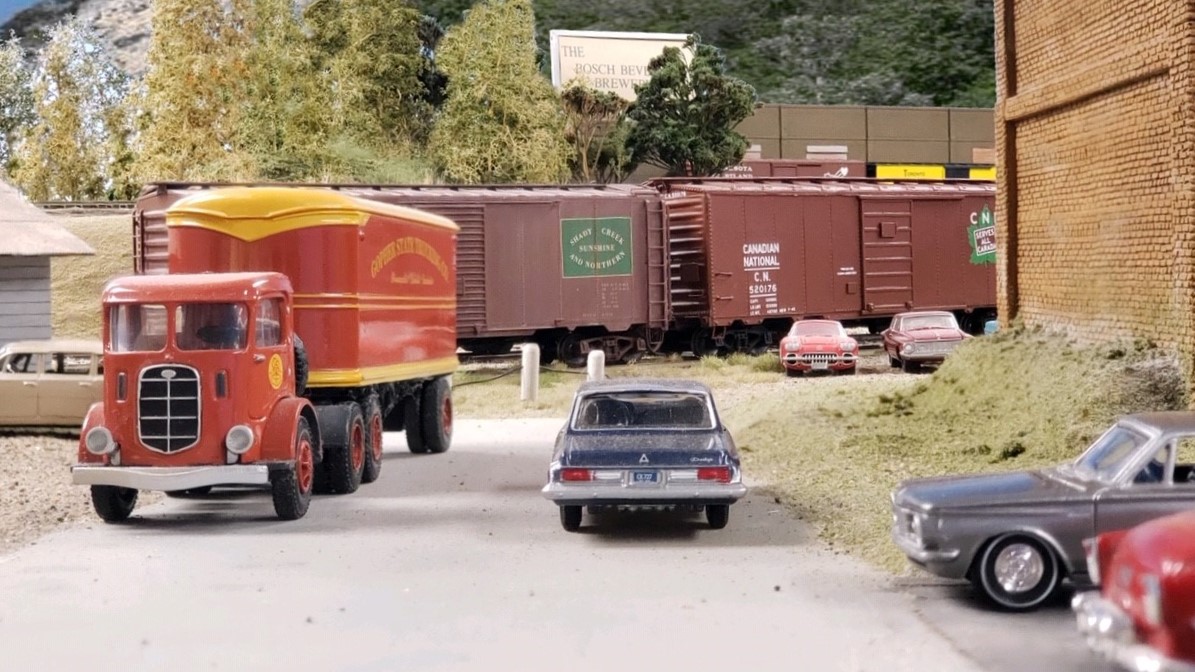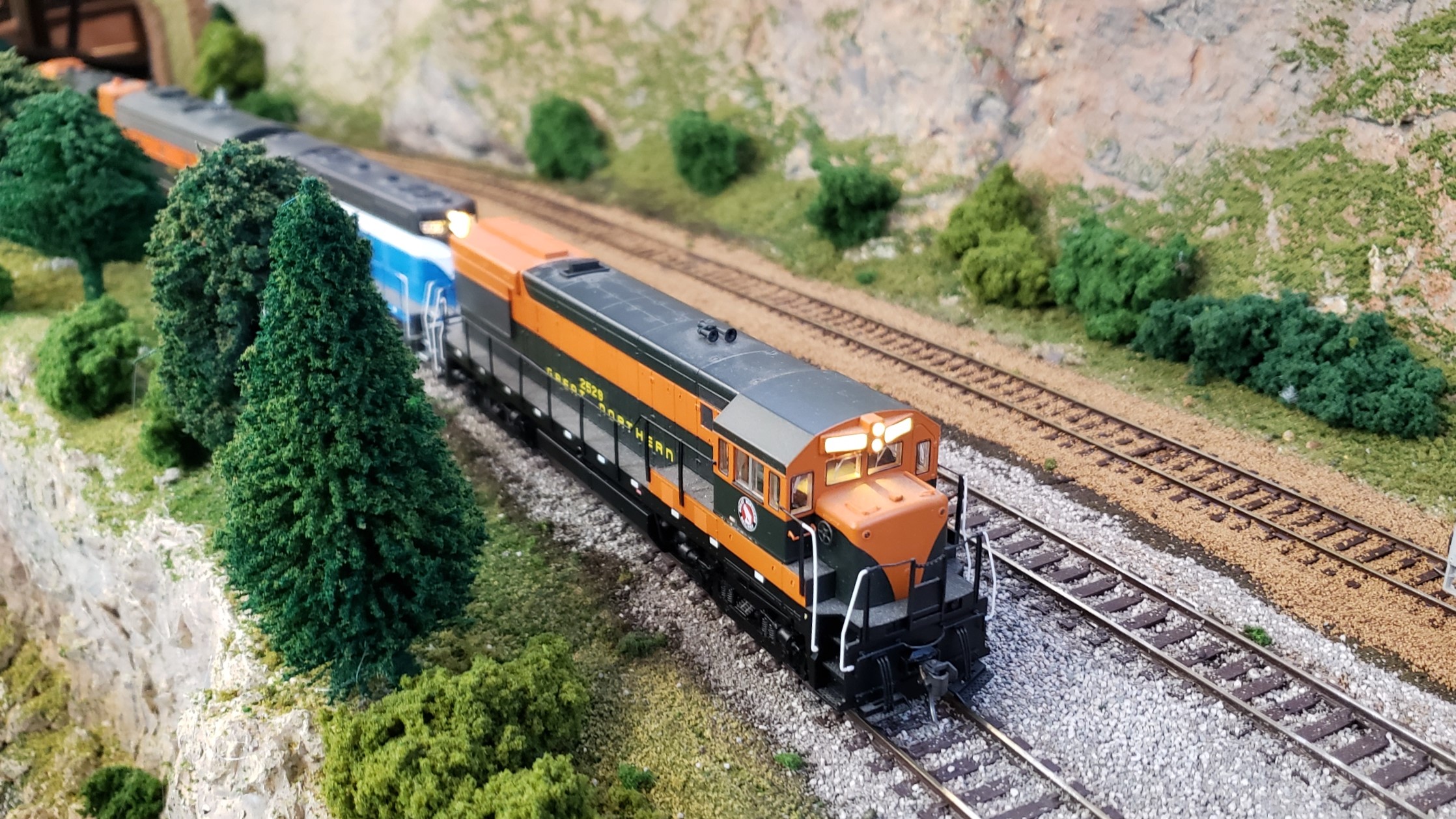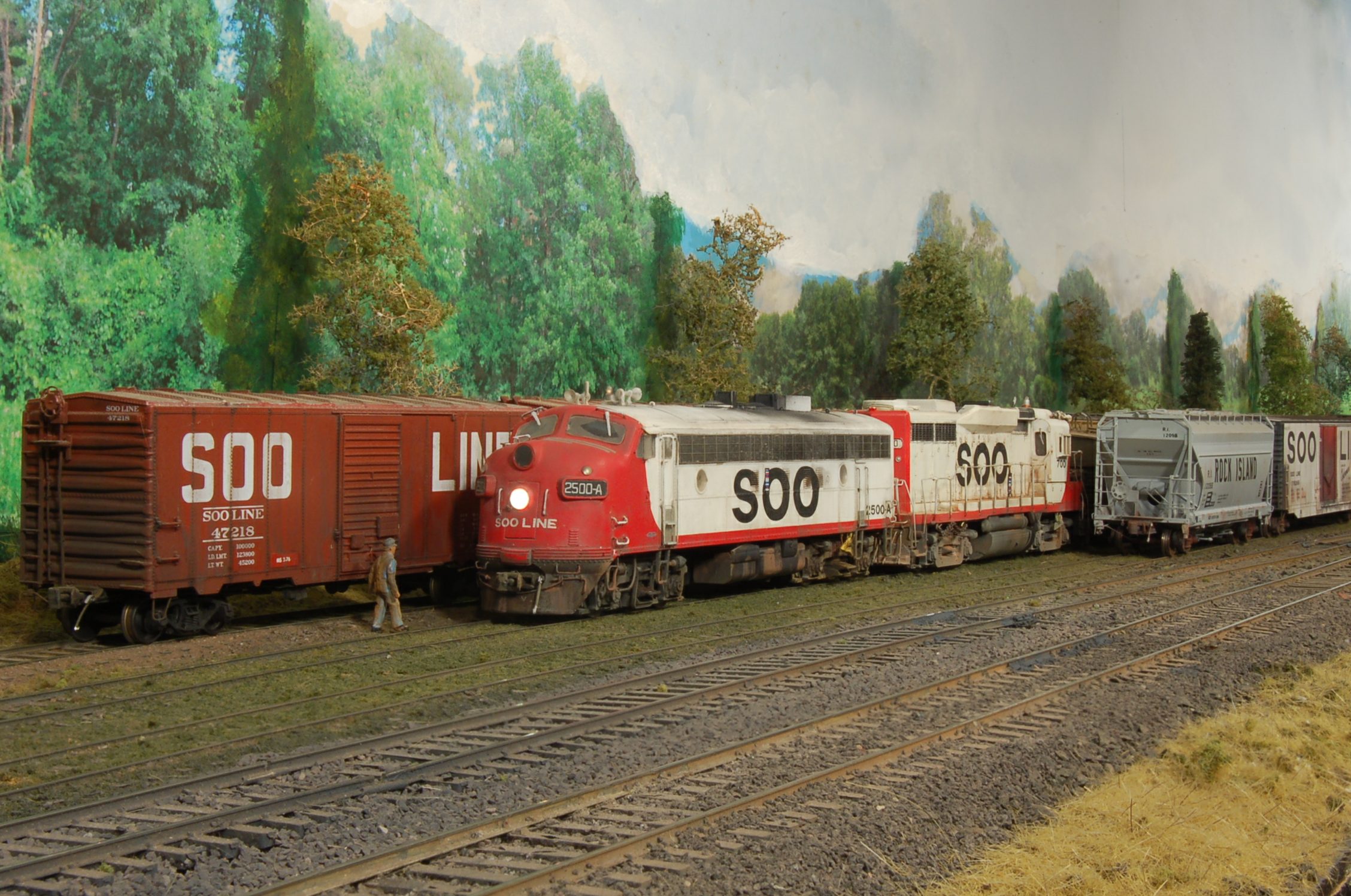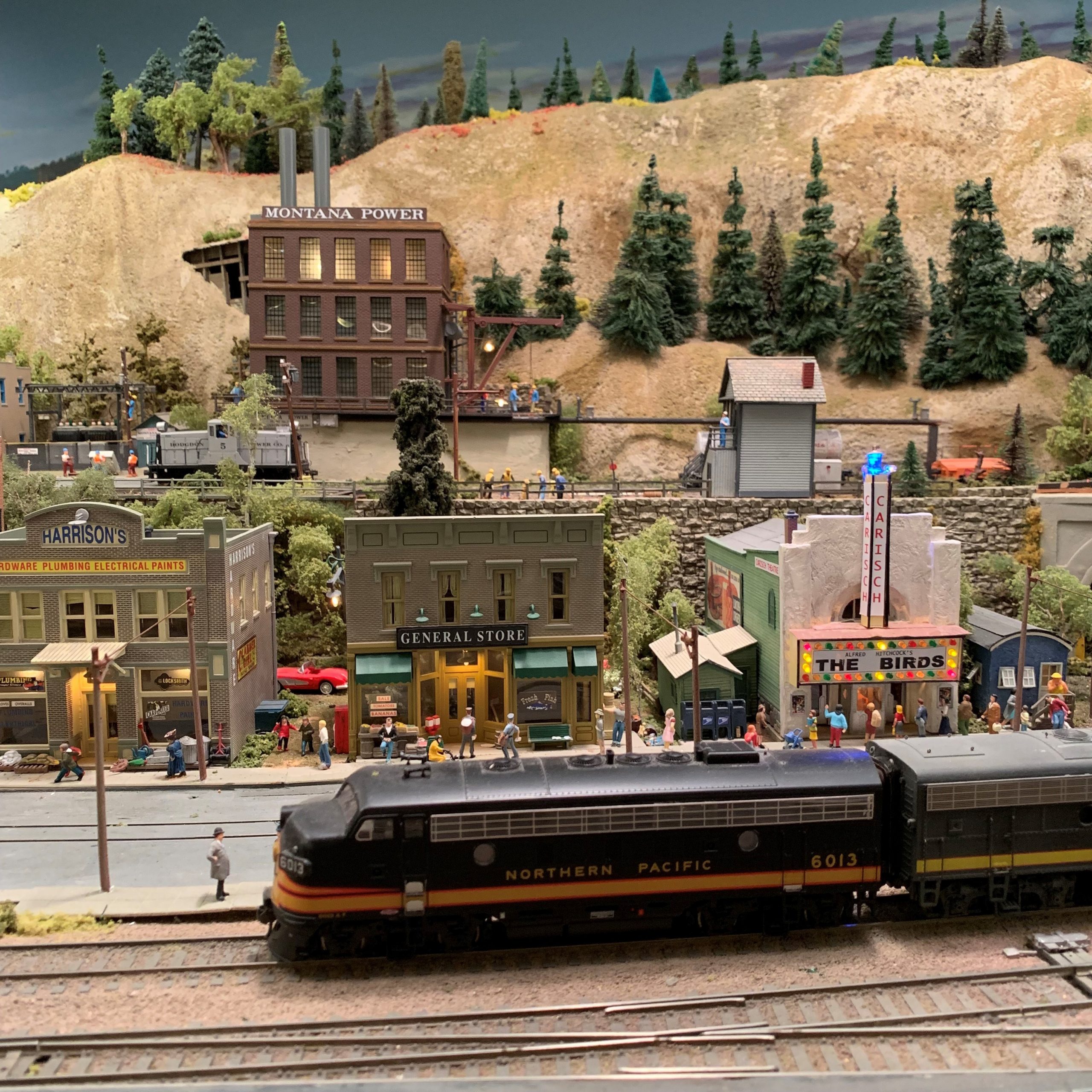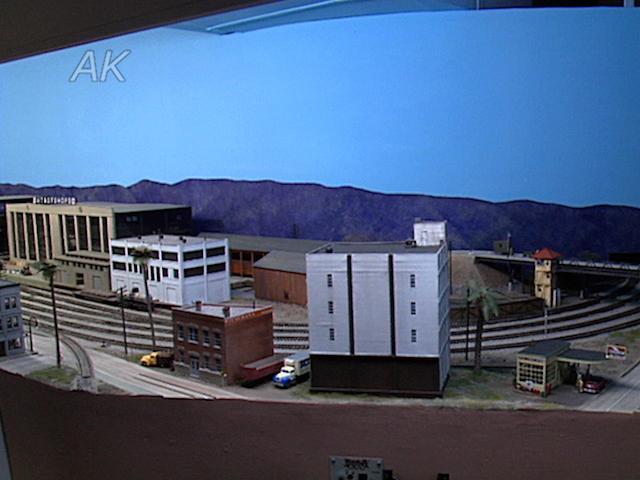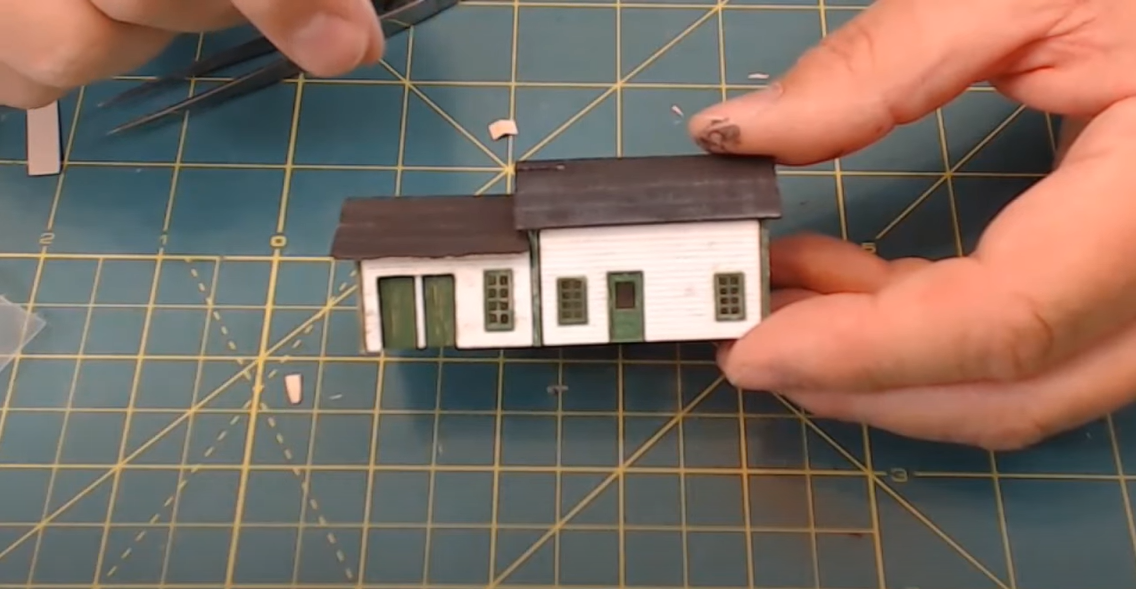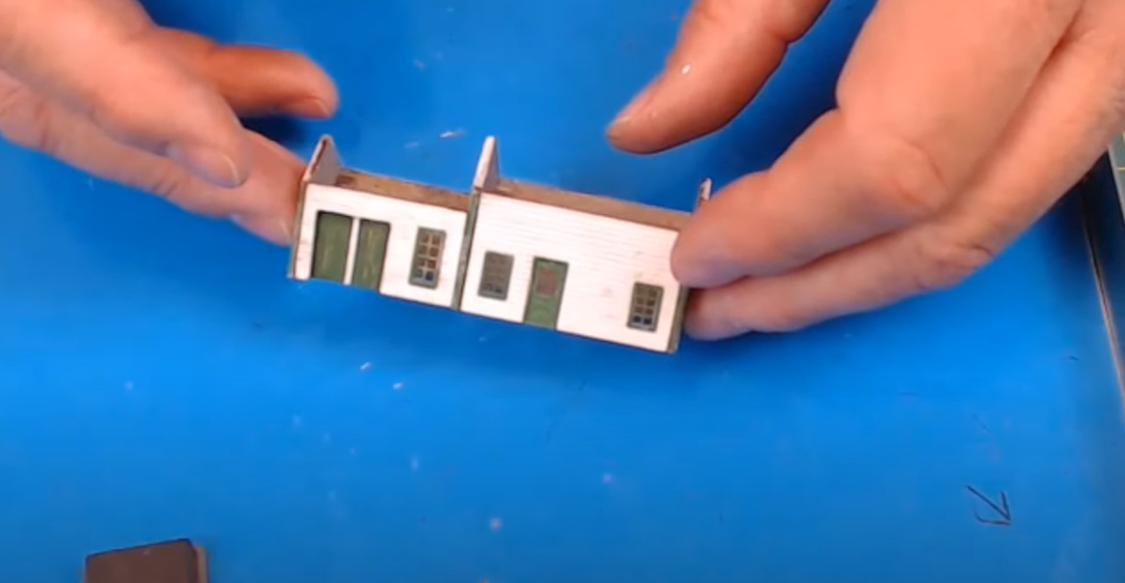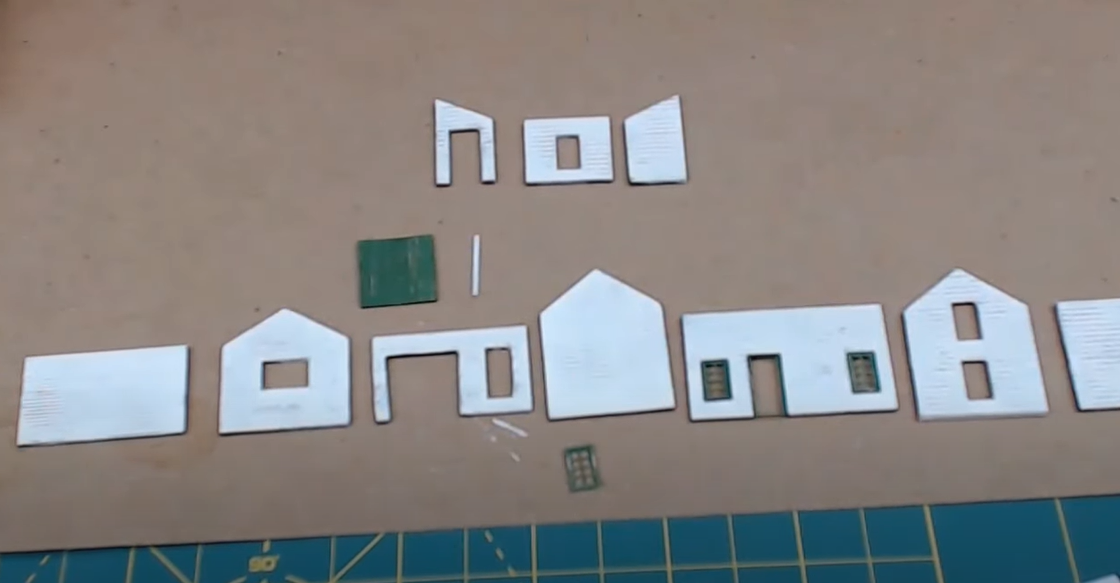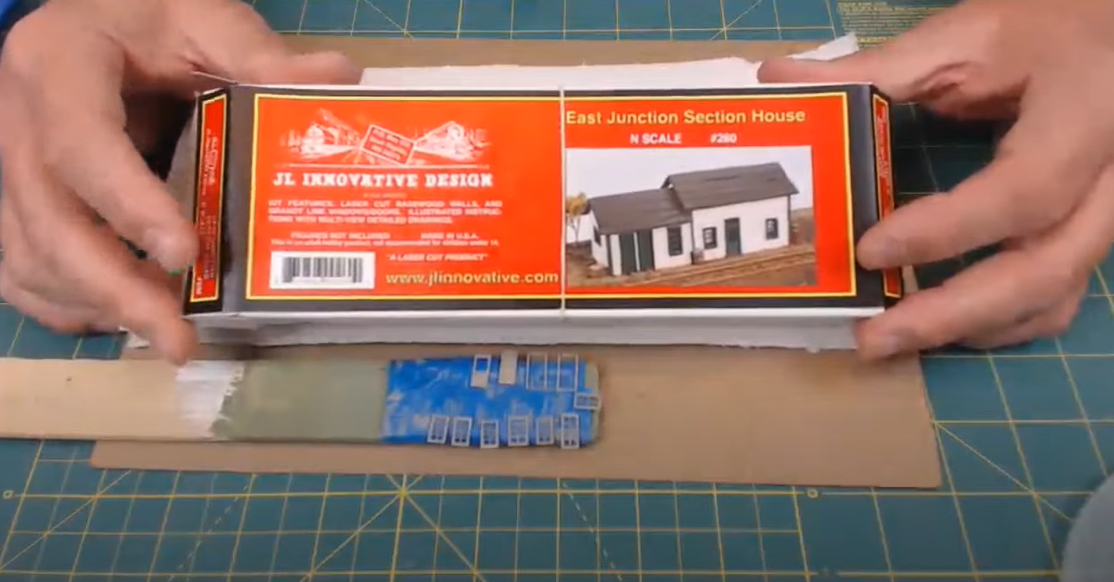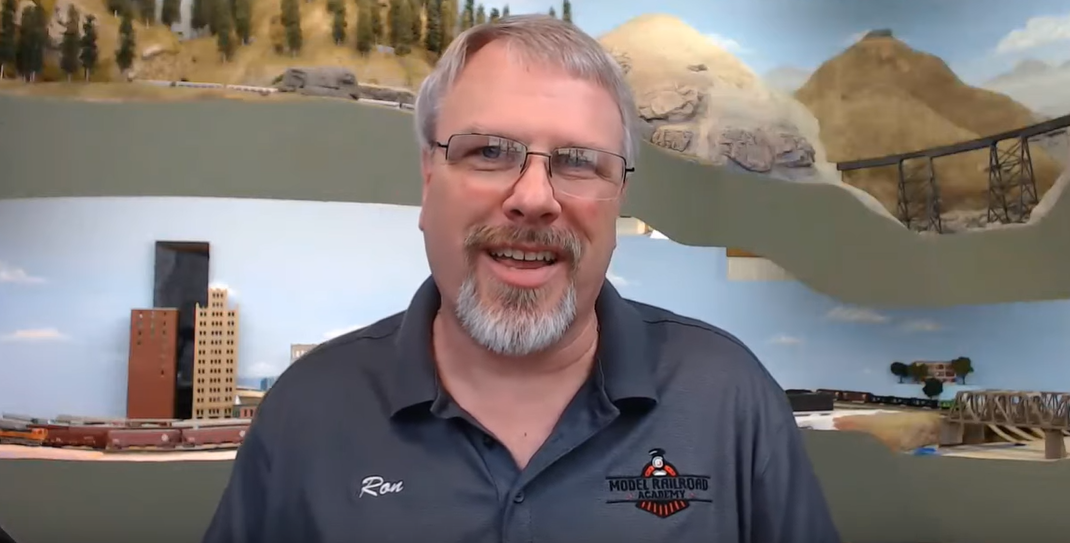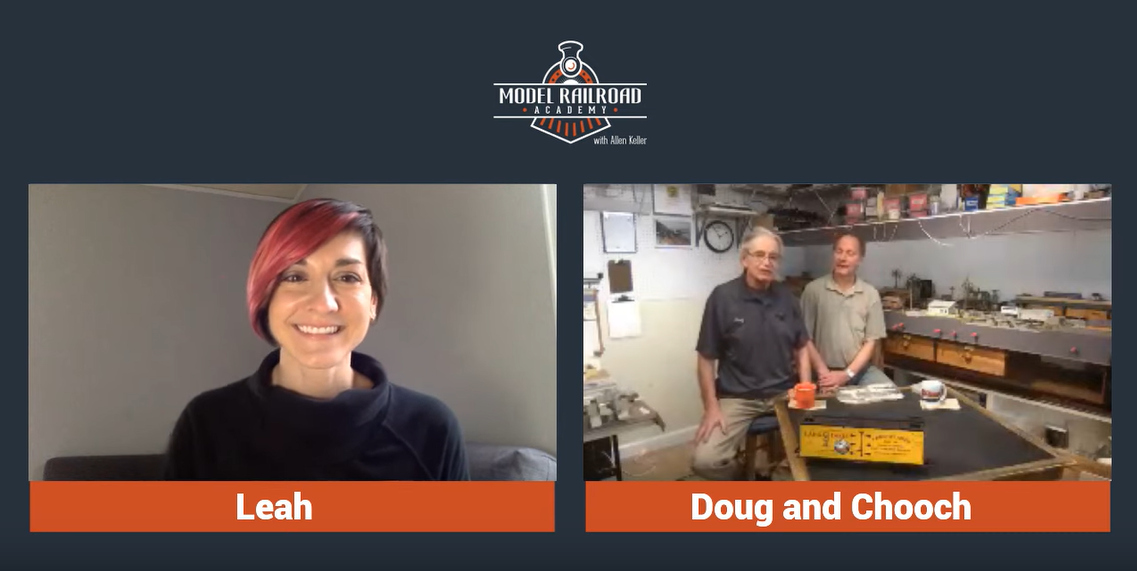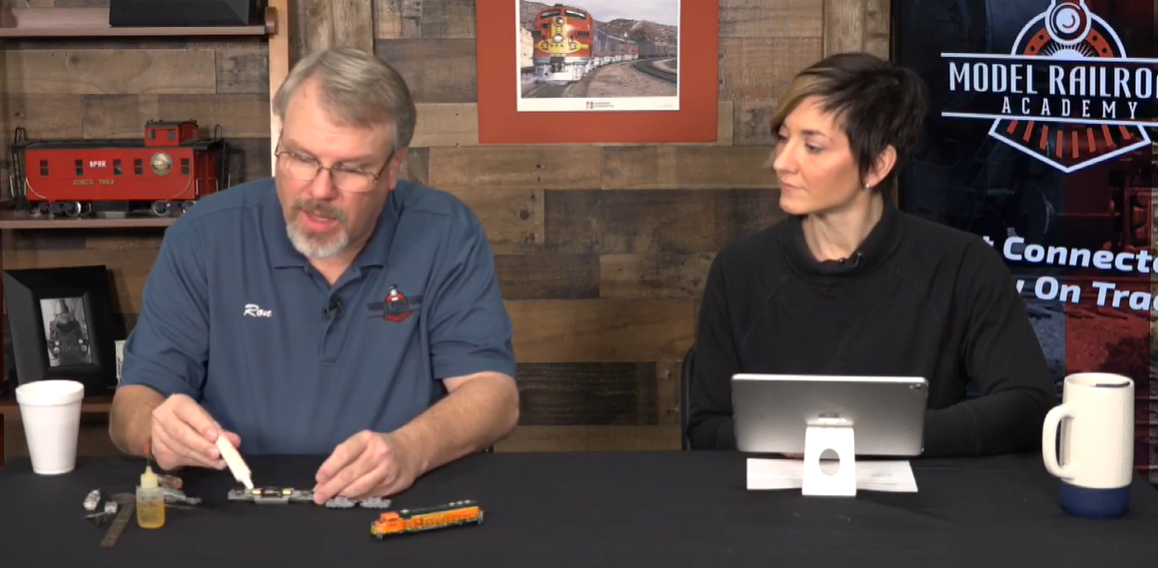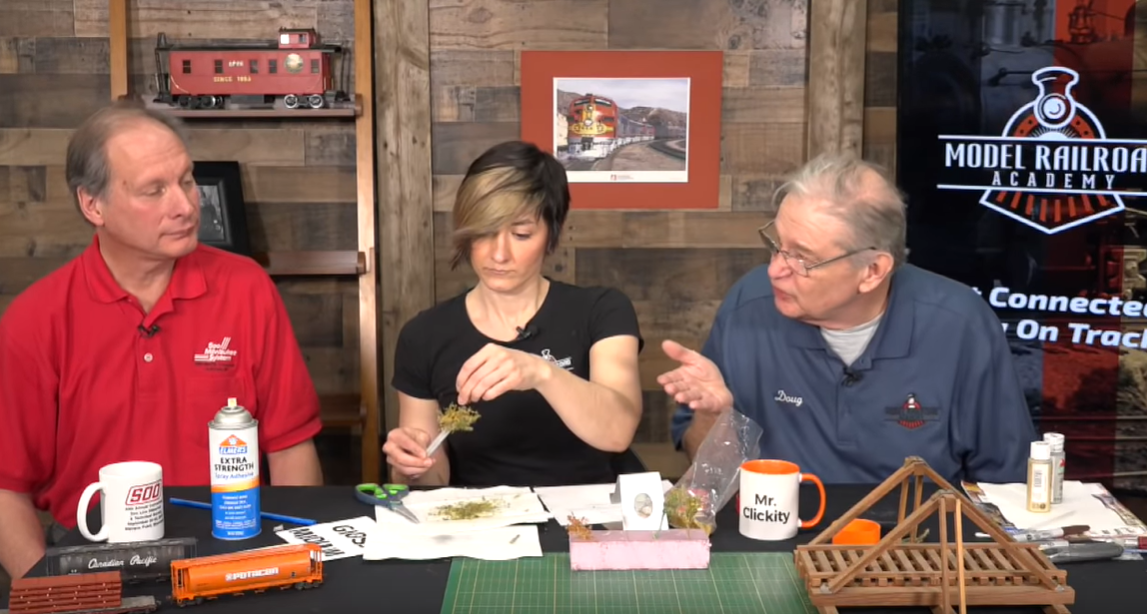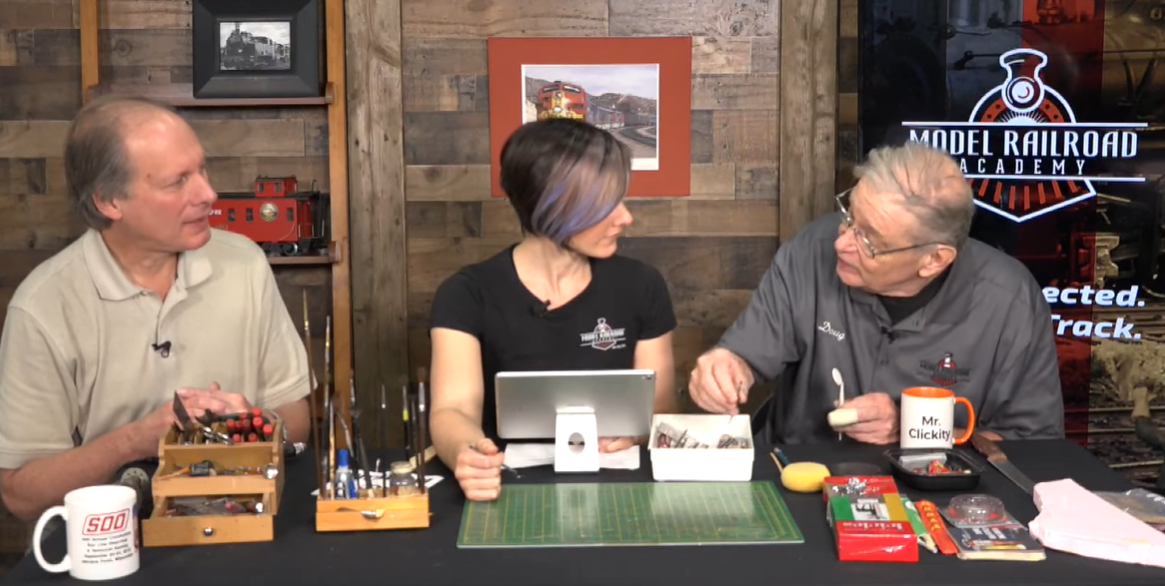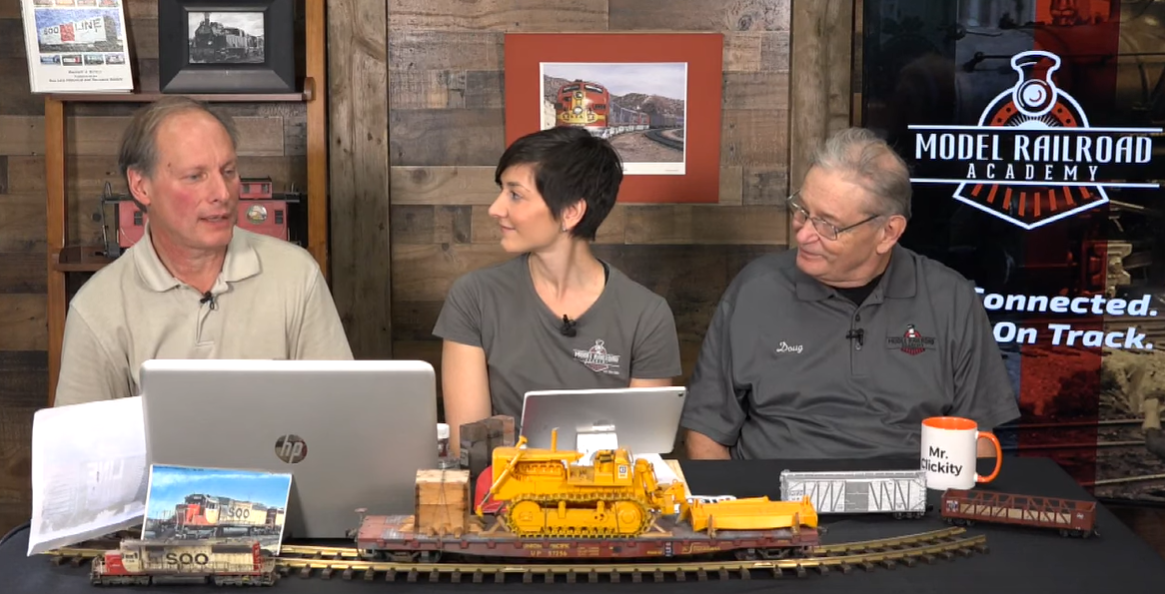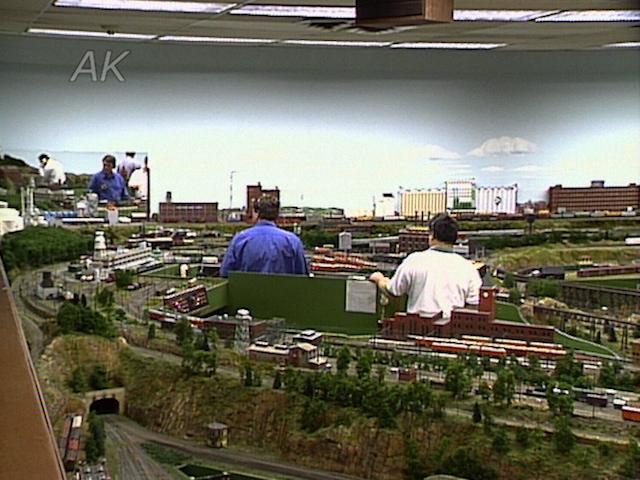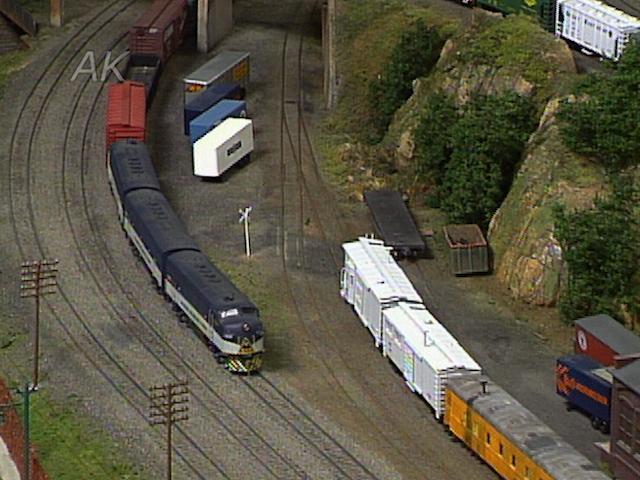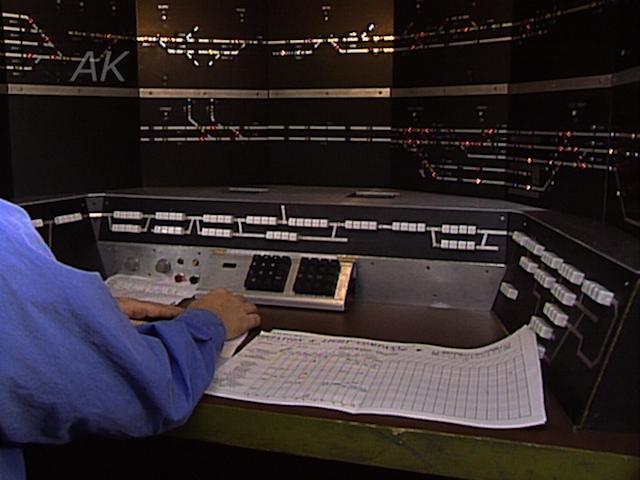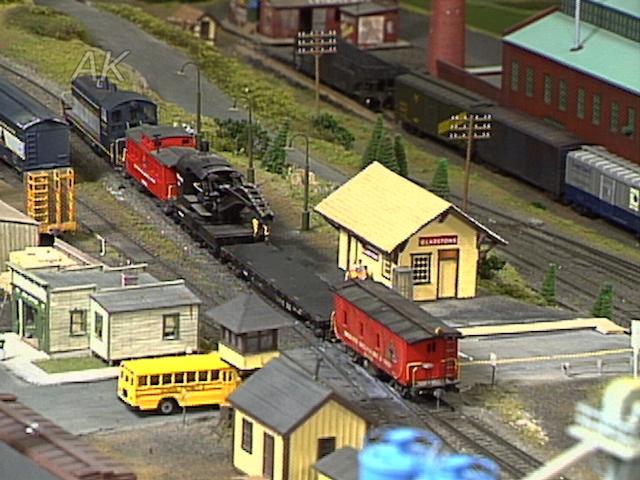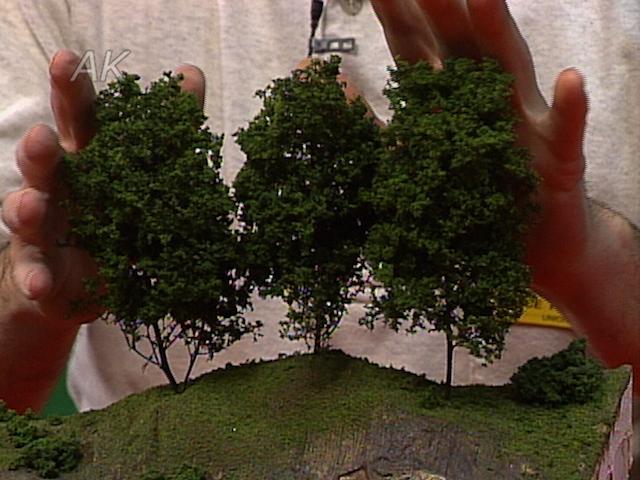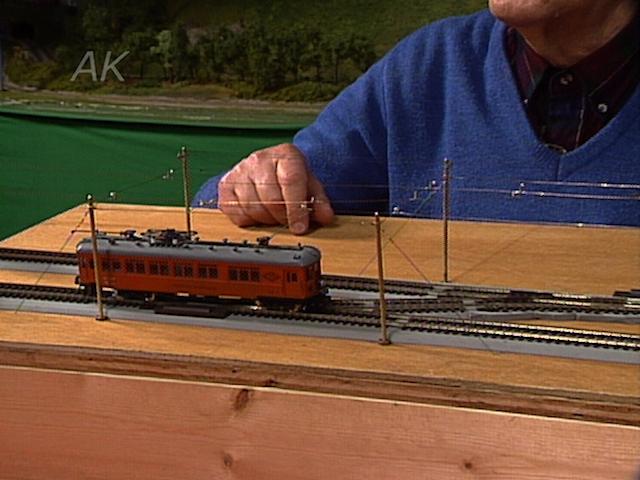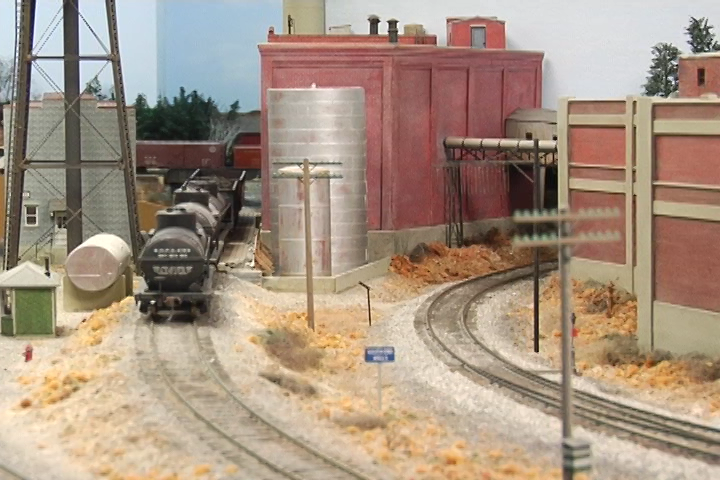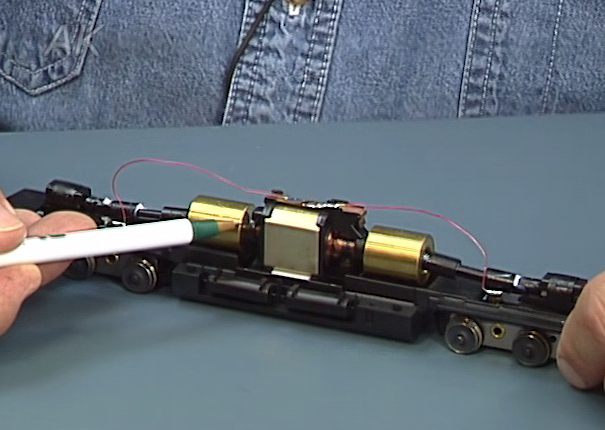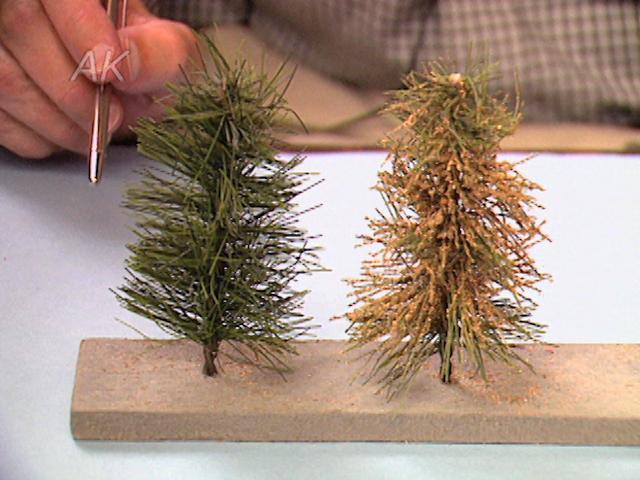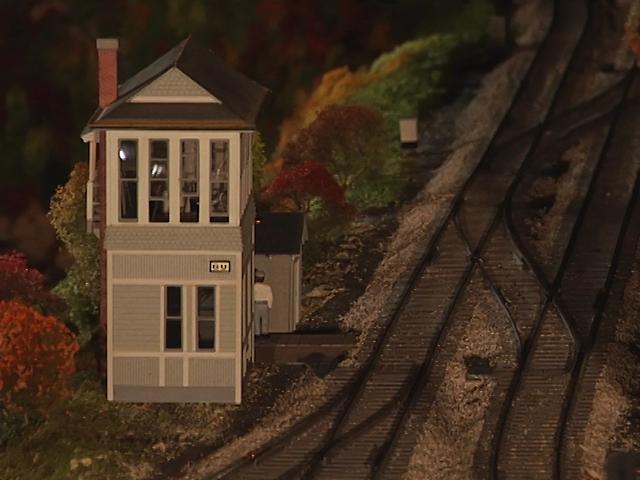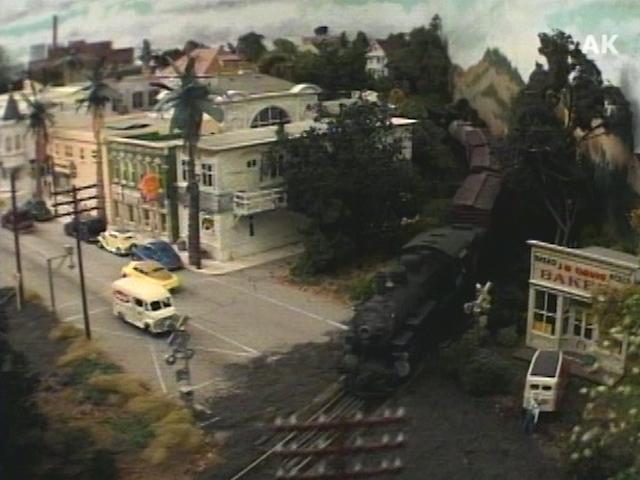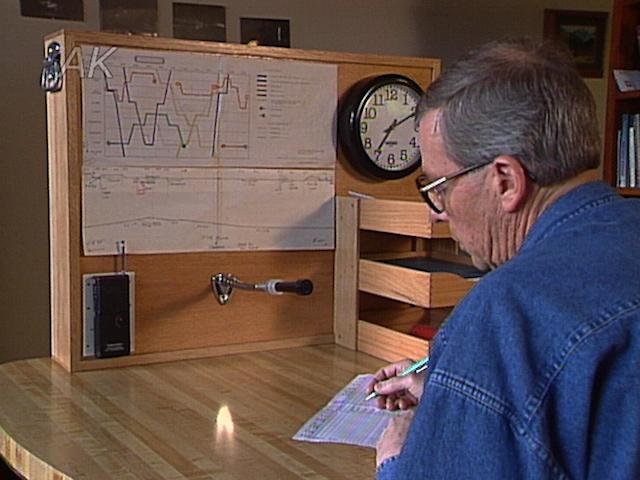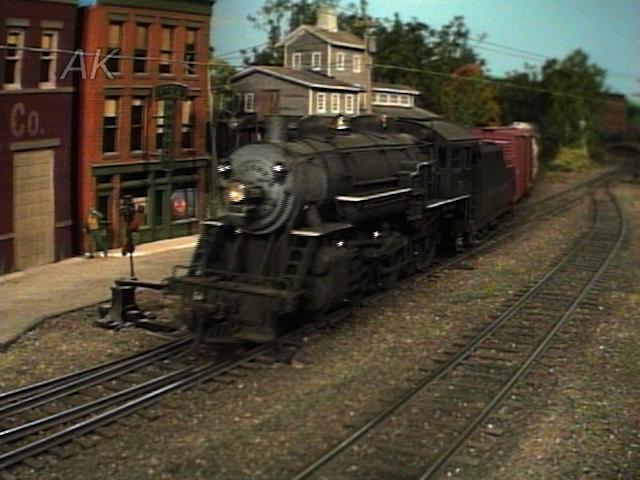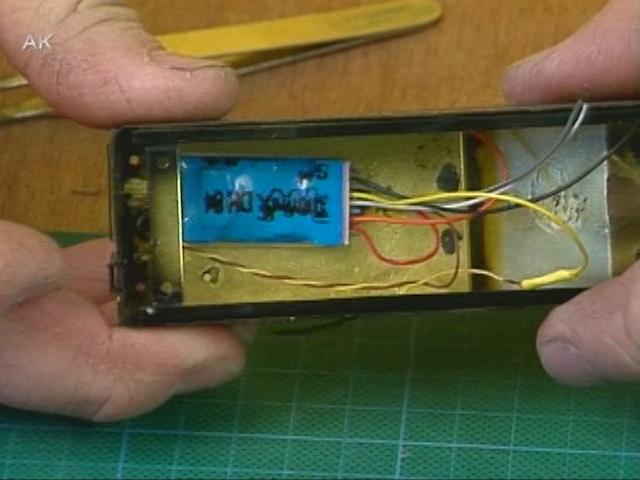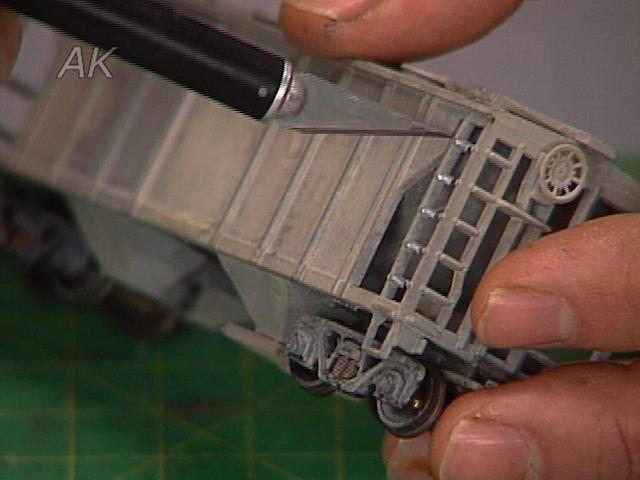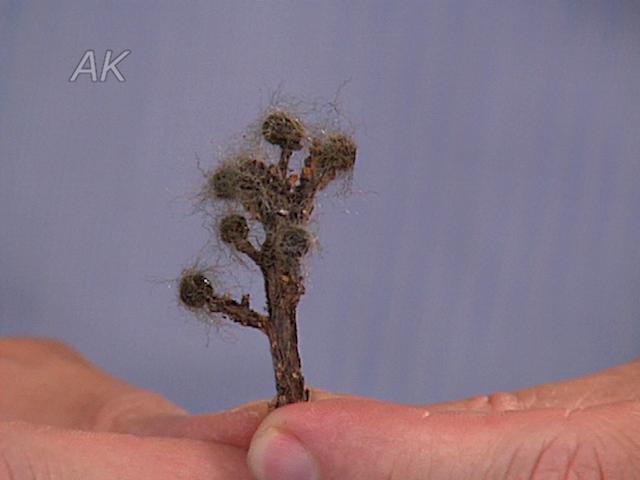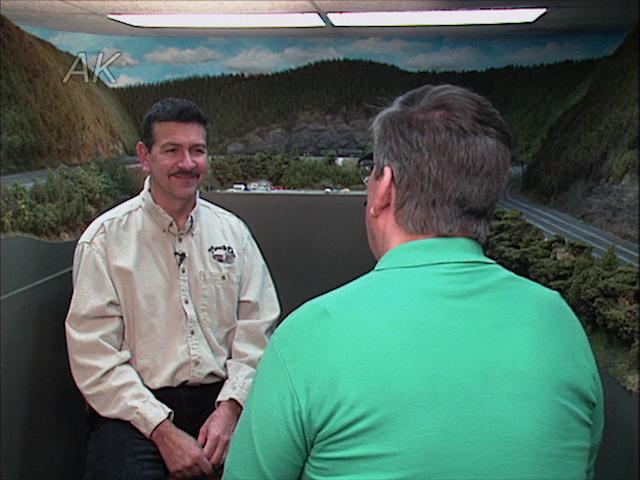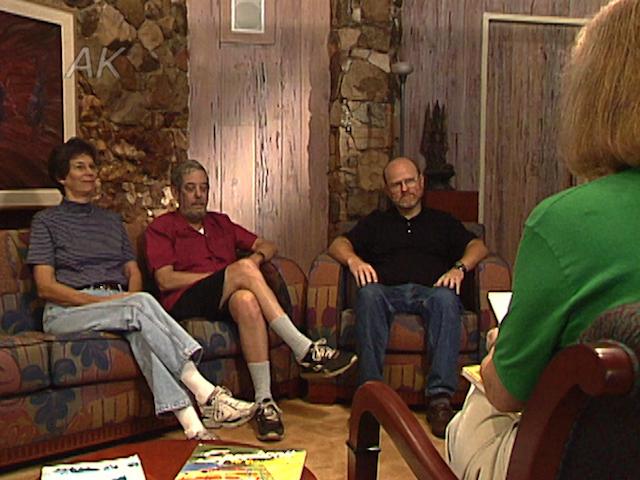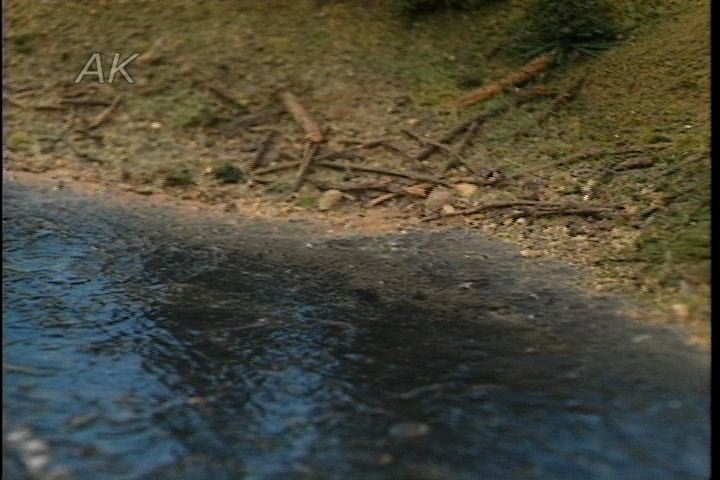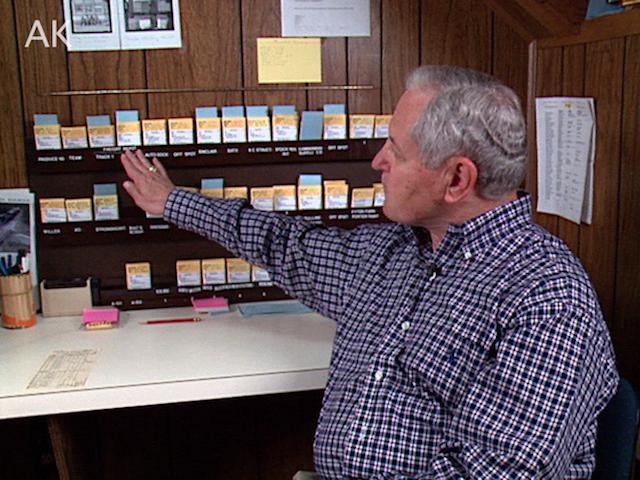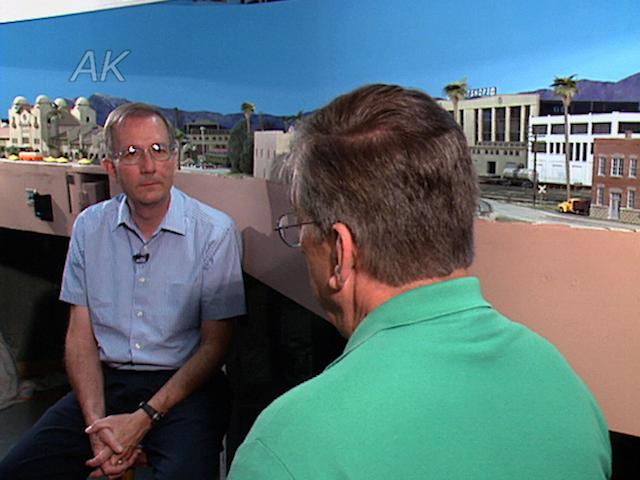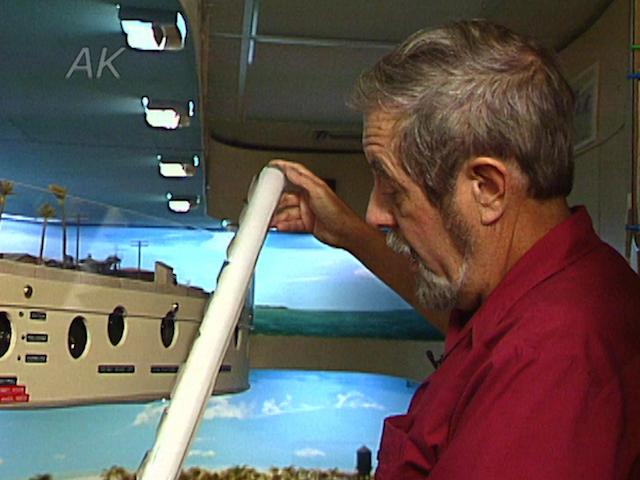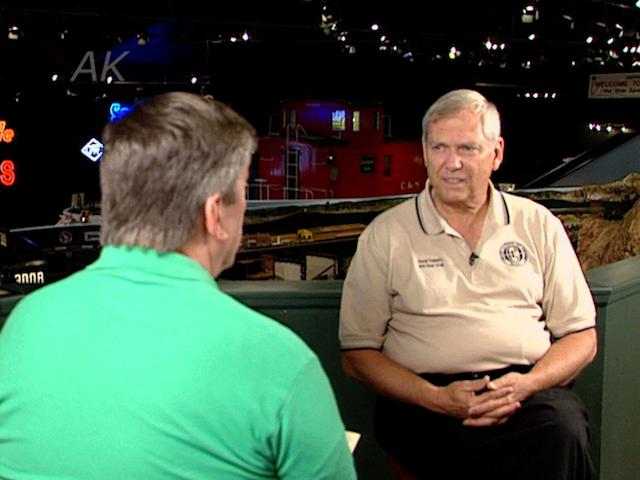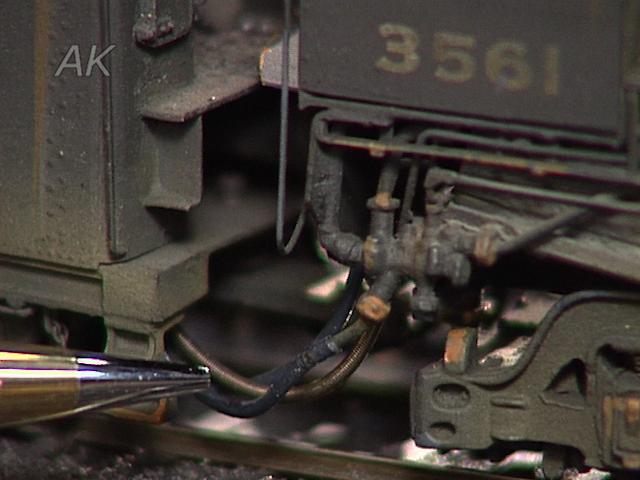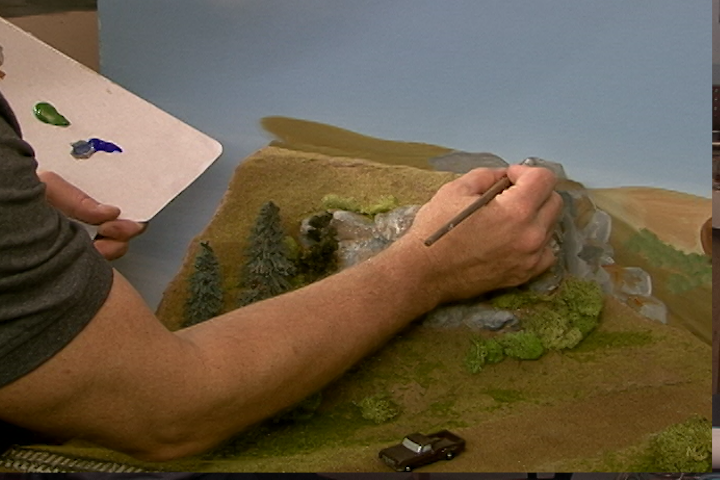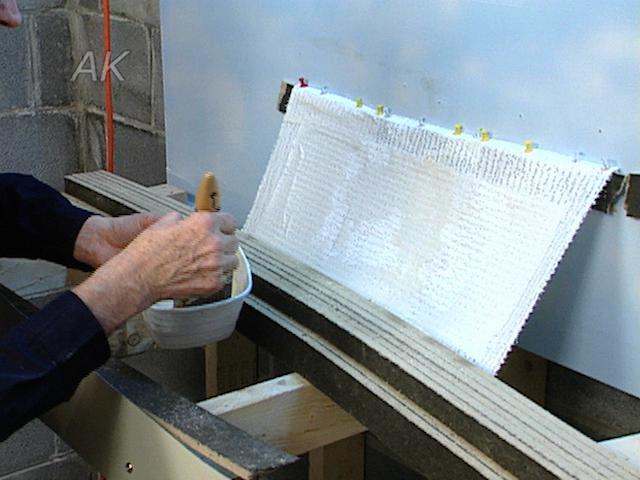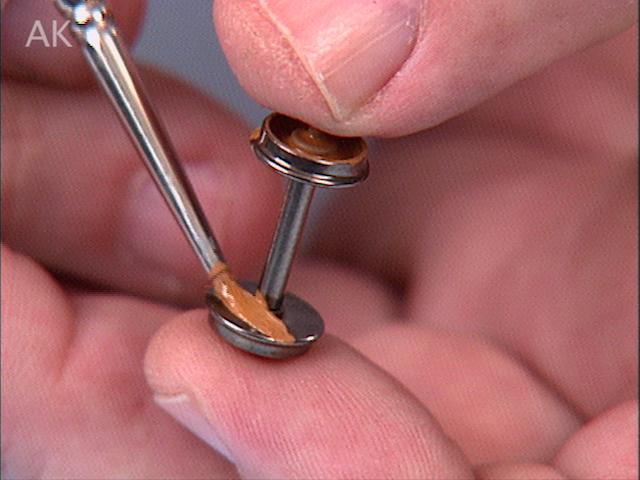
Throw Bar to the Turnouts on the Model Railroad Club
MRA EditorsThe track on the Model Railroad Club of Union, New Jersey is hand laid. The club has tried a variety of methods over the years including glue, hypoxi, pliobond and spikes. However, mechanical methods of fastening the rails to the ties have been found to be the best method. They have something that’s unique to the club in their throw bars to the turnouts. Rich Laube has been building track for many years for the Model Railroad Club.
One of the first problems that exists in turnouts is the pivoting gap, a joint between the point and the rest of the rails. This requires spikes or rail joiners to make a line, though this frequently gets out of line and is often difficult to construct. Instead, the club has chosen to use what they call continuous points. Instead of having segments, they have a point that goes all the way to the throw bar, with part of the point curved to the interior.
Another point of failure is the connection between the point rail and the throw bar itself. Most people wind up using some kind of a tab soldered to the point rail and then pin or screw it to the throw bar. This connection is very difficult to make, and has a lot of stress and failures.
Instead the club has chosen to use a throw bar that is a single piece of plastic that fits into the stop rails themselves. To make the throw bars they start with a large sheet of lexan and run it through a table saw upside down so they can route out grooves on both sides. This forms tabs that slide underneath the stock rails, leaving a raised center section. This makes it able to push against the point rail.
Explore videos by MRA Editors
You may be interested in
Premium Membership
Unlock exclusive member content from our industry experts.
- 24/7 Access to Premium Model Railroading Videos, Projects, and Tips
- Step-by-Step Instructional Guides & Layout Plans
- 50% Off Video Downloads Purchased in the Model Railroad Academy Shop
- Access to Ask the Expert Program
Unlock exclusive member content from our industry experts.
- 24/7 Access to Premium Model Railroading Videos, Projects, and Tips
- Step-by-Step Instructional Guides & Layout Plans
- 3 Full-Length Video Downloads to Watch Offline
- 50% Off Video Downloads Purchased in the Model Railroad Academy Shop
- Access to Ask the Expert Program
Gold Membership
$326 Value
Get everything included in Premium plus exclusive Gold Membership benefits.
- 24/7 Access to Premium Model Railroading Videos, Projects, and Tips
- Step-by-Step Instructional Guides & Layout Plans
- 9 Full-Length Video Downloads to Watch Offline
- 2 Full-Length Classes to Keep for Life
- 2 Downloadable Guides
- Discounts on Purchase-to-Own Content in the Model Railroad Academy Shop
- Access to Ask the Expert Program
- Exclusive GOLD LIVE Streaming Events





